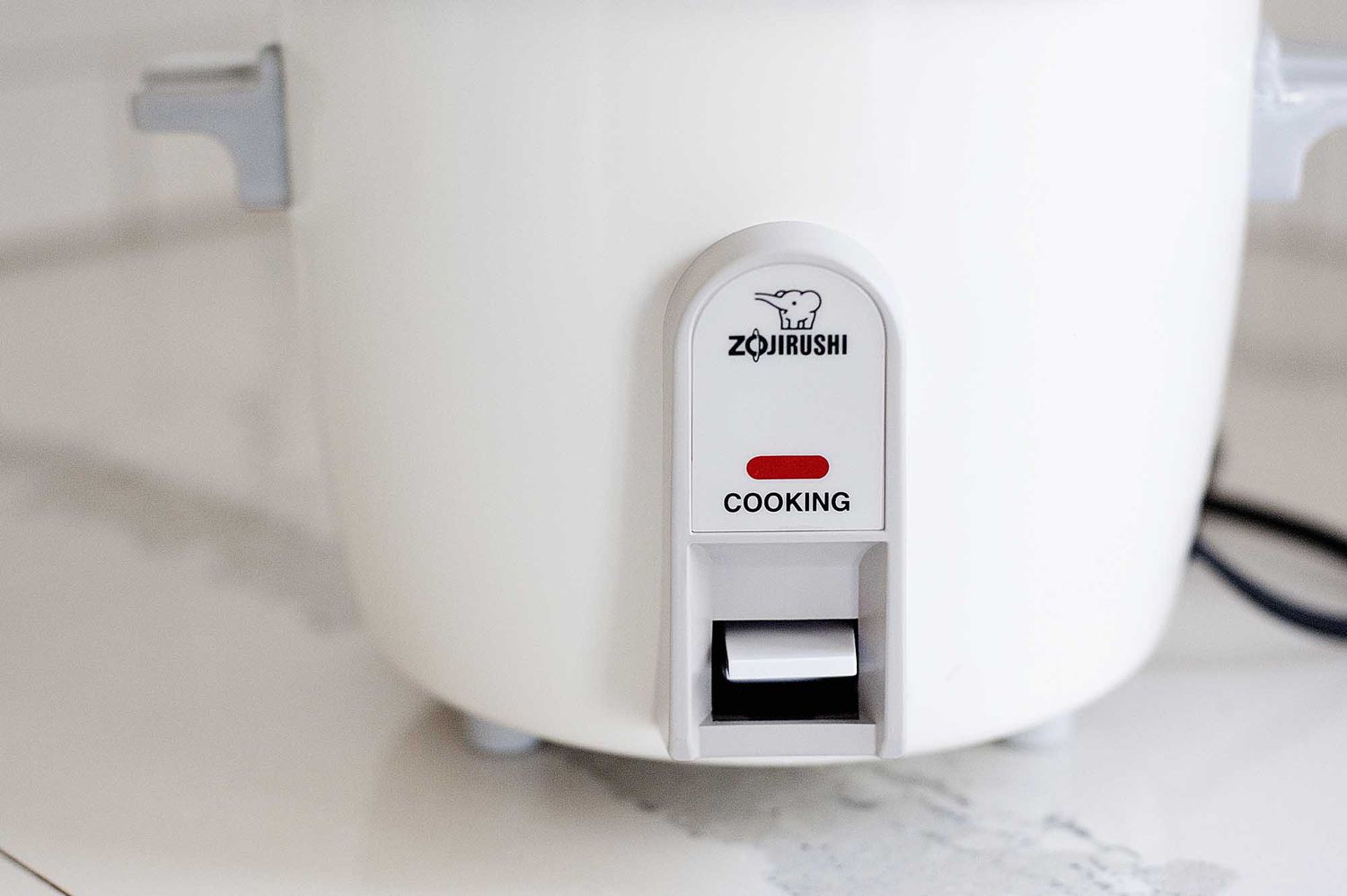

Articles
How To Use An Electric Rice Cooker
Modified: February 28, 2024
Learn how to use an electric rice cooker with our informative articles. Find tips and tricks for perfectly cooked rice every time.
(Many of the links in this article redirect to a specific reviewed product. Your purchase of these products through affiliate links helps to generate commission for Storables.com, at no extra cost. Learn more)
Introduction
An electric rice cooker is a convenient kitchen appliance that allows you to cook perfect fluffy rice with minimal effort. Whether you are a seasoned chef or a novice in the kitchen, using an electric rice cooker can simplify the rice cooking process and produce consistent results every time.
In this article, we will guide you through the steps to effectively use an electric rice cooker. From selecting the right rice to properly measuring the water, we will cover the essential tips and techniques to help you achieve delicious rice effortlessly.
Using an electric rice cooker not only saves you time and effort but also ensures that your rice is cooked evenly and without the risk of burning. Additionally, a rice cooker eliminates the need for constant monitoring and stirring, allowing you to focus on other tasks in the kitchen.
Whether you are cooking a simple side dish or preparing a rice-based main course, mastering the art of using an electric rice cooker is a skill that will prove invaluable in your culinary journey.
So, let’s dive in and discover the step-by-step process of using an electric rice cooker to cook perfect rice every single time.
Understanding Electric Rice Cookers
Before we delve into the specifics of using an electric rice cooker, it’s important to have a basic understanding of how these appliances work. Electric rice cookers consist of an outer shell, an inner cooking pot, and a heating element.
The inner cooking pot is made of non-stick material, which allows for easy cleaning and prevents the rice from sticking to the bottom. The heating element, located at the bottom of the cooker, provides the heat necessary to cook the rice evenly.
Electric rice cookers have a built-in timer and temperature control mechanism. Once the rice cooker is turned on and the ingredients are added, it automatically detects the moisture level and adjusts the cooking time and temperature accordingly.
Most rice cookers have different settings for various types of rice, such as white rice, brown rice, sushi rice, or even porridge. These preset settings ensure that the rice is cooked to perfection, taking into account the specific requirements of each type.
Some advanced rice cookers also offer additional features such as a delay timer, keep warm function, and even the ability to steam vegetables or meat while the rice is cooking.
Understanding the various functions and features of your specific rice cooker will help you make the most out of your appliance and achieve optimal results.
Now that we have a basic understanding of electric rice cookers, let’s move on to the step-by-step process of using them to cook delicious rice.
Key Takeaways:
- Master the art of using an electric rice cooker by selecting the right rice, measuring water accurately, and allowing the rice to rest for perfect, fluffy results every time.
- Keep your electric rice cooker in top condition with proper cleaning and maintenance, and troubleshoot common issues to ensure consistently delicious rice dishes.
Read more: How To Use The Rice Cooker
Step 1: Selecting the Right Rice
Choosing the right type of rice is crucial for achieving a delicious and satisfying meal. There are several varieties of rice available, each with its own distinct flavor, texture, and cooking requirements. Here are some popular types of rice:
- White Rice: This is the most common type of rice and is known for its fluffy texture and mild flavor. It is versatile and works well in a variety of dishes.
- Brown Rice: Brown rice is a healthier alternative to white rice as it retains the nutritious bran and germ layers. It has a nutty flavor and a chewy texture.
- Basmati Rice: Basmati rice is a fragrant long-grain rice that originated in India. It has a delicate aroma and a light, fluffy texture. It is commonly used in Indian and Middle Eastern cuisine.
- Arborio Rice: Arborio rice is a short-grain rice that is primarily used in making risotto. It has a high starch content, which creates the creamy consistency desired in risotto.
- Jasmine Rice: Jasmine rice is a fragrant long-grain rice that is popular in Southeast Asian cuisine. It has a floral aroma and a slightly sticky texture that makes it perfect for dishes like stir-fries and curry.
When selecting rice for your electric rice cooker, consider the type of dish you are making and the desired texture. Some rice cookers have specific settings for different types of rice, so be sure to follow the manufacturer’s instructions for optimal results.
Additionally, it is important to note that the rice-to-water ratio may vary depending on the type of rice. Each type of rice has its own absorption rate, so it is essential to adjust the amount of water accordingly.
Now that you have chosen the right type of rice, let’s move on to the next step: properly measuring the rice and water.
Step 2: Properly Measuring Rice and Water
Accurate measurement of rice and water is crucial for achieving perfectly cooked rice in your electric rice cooker. Improper measurements can result in undercooked or mushy rice. Follow these guidelines to ensure the right rice-to-water ratio:
- Use a measuring cup: Use a dedicated rice measuring cup that typically comes with your rice cooker. The cup provided is specific to your appliance and ensures consistent results.
- Measure the rice: Start by measuring the desired amount of rice using the rice measuring cup. Level the rice in the cup with a straight edge for precise measurement.
- Wash the rice (optional): While not necessary, many people prefer to wash the rice before cooking to remove any excess starch. Rinse the rice under cold water until the water runs clear.
- Drain the rice: After rinsing, drain the rice well to remove excess water. A fine-mesh sieve or colander can be used for this purpose.
- Transfer the rice to the rice cooker: Place the washed and drained rice into the inner cooking pot of the rice cooker. Spread it evenly in a single layer.
- Measure the water: Add the appropriate amount of water to the rice cooker based on the recommended rice-to-water ratio for your specific type of rice. This ratio can usually be found in the instruction manual or on the packaging of the rice.
It’s essential to use the right amount of water to ensure properly cooked rice. Too little water can result in undercooked rice, while too much water can lead to mushy rice. The correct rice-to-water ratio is vital for achieving fluffy and separate grains.
As a general rule, most standard types of rice require a 1:1.5 ratio of rice to water. This means for every cup of rice, you should add one and a half cups of water. However, different types of rice may have slightly different ratios, so always consult the recommended ratio for the specific type of rice you are using.
Now that we have measured the rice and water correctly, it’s time to move on to preparing the rice cooker for cooking.
Step 3: Preparing the Rice Cooker
Properly preparing your electric rice cooker before cooking is essential for optimal results. Follow these steps to ensure your rice cooker is ready to go:
- Clean the rice cooker: Before each use, make sure your rice cooker is clean and free from any debris or residue. Refer to the manufacturer’s instructions on how to clean your specific rice cooker model.
- Insert the inner cooking pot: Place the clean and dry inner cooking pot back into the rice cooker. Ensure it is securely fitted in place.
- Close the lid: Close the rice cooker’s lid tightly, ensuring that it is properly sealed. This is important for trapping the steam and heat during the cooking process.
- Place the rice cooker in a stable position: Set the rice cooker on a stable and heat-resistant surface. Avoid placing it too close to walls or other items that may obstruct the steam vent.
Once the rice cooker is properly set up, you are ready to move on to the next step: cooking the rice.
Note: Some rice cookers may have additional features or settings that need to be adjusted before cooking. Refer to your rice cooker’s instruction manual for any specific steps or settings you need to follow.
Now that our rice cooker is prepared, let’s move on to the exciting step of cooking the rice!
Step 4: Cooking the Rice
Now comes the exciting part – cooking the rice in your electric rice cooker! Follow these steps to ensure perfectly cooked rice:
- Plug in the rice cooker: Connect the rice cooker to a power source and turn it on. Most rice cookers have an indicator light that will turn on to signal that it is ready for cooking.
- Select the appropriate cooking setting: Depending on the type of rice you are cooking, select the corresponding cooking setting on your rice cooker. Common settings include “white rice,” “brown rice,” or specific options for different rice varieties.
- Start the cooking process: Once you have selected the appropriate setting, press the “start” or “cook” button to begin the cooking process. The rice cooker will start heating up and cooking the rice.
- Monitor the cooking process: While the rice is cooking, it’s best to avoid opening the lid frequently, as this can affect the cooking process. Trust the rice cooker to do its job and maintain a consistent temperature and cooking time.
- Wait for the cooking cycle to complete: The rice cooker will automatically adjust the cooking time based on the selected setting and the amount of rice and water in the pot. Once the cooking cycle is complete, some rice cookers will switch to a “keep warm” mode to maintain the temperature until you are ready to serve.
It’s important to note that cooking times may vary slightly based on the brand and model of your rice cooker, as well as the quantity and type of rice being cooked. Refer to the instruction manual for more precise cooking time guidelines.
Once the cooking cycle is complete, it’s time to move on to the next step: allowing the rice to rest.
Please note that the above steps are general guidelines and may vary depending on your specific rice cooker model. Always refer to the manufacturer’s instructions for the best results.
Before using an electric rice cooker, make sure to rinse the rice thoroughly to remove excess starch, which can cause the rice to become sticky.
Read more: How To Use A Small Rice Cooker
Step 5: Allowing the Rice to Rest
Allowing the cooked rice to rest is an essential step in the rice cooking process. Resting the rice after cooking helps to redistribute moisture, allowing it to become even more tender and fluffier. Follow these steps to properly rest the rice:
- Switch off the rice cooker: Once the cooking cycle is complete, switch off the rice cooker and unplug it from the power source to ensure safety.
- Keep the lid closed: Resist the temptation to open the lid immediately. Keeping the lid closed allows the residual heat and steam to continue working on the rice, resulting in a better texture.
- Let it rest for 10-15 minutes: Allow the rice to rest for about 10-15 minutes. This resting time helps to stabilize the moisture and ensures a more consistent texture throughout the rice.
During the resting period, the rice will continue to absorb any remaining moisture and become more tender. This step is crucial for achieving perfectly cooked and fluffy rice.
While the rice is resting, you can prepare any accompanying dishes or set the table for your meal. Once the resting time is complete, it’s time to move on to the next step: fluffing and serving the rice.
Remember, the resting time may vary based on the quantity of rice and the specific rice cooker model. Refer to your rice cooker’s manual for recommended resting times.
Step 6: Fluffing and Serving the Rice
After the rice has rested, it’s time to fluff it and serve it to enjoy its delightful flavor and texture. Follow these steps to properly fluff and serve the rice:
- Open the rice cooker lid: Carefully open the lid of the rice cooker, and you will be greeted with the aroma of freshly cooked rice. Be cautious of the steam that may escape as you open the lid.
- Use a rice paddle or fork: Gently fluff the rice with a rice paddle or fork to separate the grains and release any trapped steam. This will help prevent the rice from clumping together.
- Serve immediately: Once the rice is fluffed, it is ready to be served. Use a serving spoon or fork to transfer the rice to individual plates or bowls.
Enjoy the cooked rice as a side dish or as a base for your favorite recipes. The fluffy and perfectly cooked rice will complement a wide variety of dishes, from stir-fries and curries to sushi and grain bowls.
If you have any leftover rice, it can be stored in an airtight container in the refrigerator for later use. Leftover rice can be reheated in the microwave or used in fried rice recipes.
Now that you have mastered the art of cooking rice in an electric rice cooker, it’s time to explore some cleaning and maintenance tips to keep your appliance in excellent condition.
Cleaning and Maintenance Tips
Proper cleaning and maintenance of your electric rice cooker are essential for its longevity and optimal performance. Here are some tips to keep your rice cooker clean and in top condition:
- Unplug the rice cooker: Always make sure to unplug the rice cooker from the power source before cleaning it. This ensures safety during the cleaning process.
- Allow it to cool down: Let the rice cooker cool down completely before starting the cleaning process. This prevents any accidental burns while handling the appliance.
- Remove the inner cooking pot: Take out the inner cooking pot from the rice cooker. Most inner cooking pots are removable for easy cleaning.
- Wash the inner cooking pot: Wash the inner cooking pot with warm soapy water using a mild dish detergent. Use a non-abrasive sponge or cloth to avoid scratching the non-stick surface. Rinse it thoroughly and let it dry before placing it back into the rice cooker.
- Clean the exterior: Use a damp cloth to wipe down the exterior of the rice cooker. Be careful not to let any water enter the electrical components of the appliance.
- Remove any food residue: If there is any stuck-on food residue in the rice cooker, you can soak the inner cooking pot in warm soapy water for a few minutes to loosen it. Then, scrub it gently with a soft sponge or brush to remove the residue.
- Regular descaling: Over time, mineral deposits from the water used in the rice cooker can build up and affect its performance. Periodically descale the rice cooker by filling the inner cooking pot with a mixture of equal parts water and white vinegar. Let it sit for about 30 minutes, then rinse and clean as usual. This will help remove any mineral deposits and keep the rice cooker functioning optimally.
Following these cleaning and maintenance tips will keep your electric rice cooker in great shape, ensuring that it continues to provide you with perfectly cooked rice for years to come.
Now, let’s address some common issues you may encounter while using an electric rice cooker and provide troubleshooting solutions.
Troubleshooting Common Issues
While using an electric rice cooker, you may encounter some common issues. Here are a few troubleshooting tips to help resolve them:
- Rice is undercooked: If the rice is undercooked and hard, add a little more water and cook it for a few more minutes. Check the recommended cooking time for your specific type of rice and adjust accordingly.
- Rice is overcooked or mushy: If the rice is overcooked and mushy, you may have used too much water. Reduce the amount of water used in the next batch and adjust the rice-to-water ratio. Additionally, avoid opening the lid frequently during cooking, as it can affect the cooking process and result in overcooked rice.
- Rice is sticking to the bottom: To prevent rice from sticking to the bottom of the pot, make sure you properly wash and drain the rice before cooking. Also, avoid scraping the bottom of the pot when serving the rice, as this can cause the stuck rice to mix with the fluffy grains.
- Burning smell or smoke: If you notice a burning smell or smoke coming from the rice cooker, immediately turn off and unplug the appliance. This may be an indication of a malfunction or overheating. Allow the rice cooker to cool down completely before troubleshooting further or consulting a professional.
- Inconsistent cooking results: If you experience inconsistent cooking results, it may be due to varying factors such as the type of rice, water ratio, or even the specific rice cooker model. Ensure you follow the recommended measurements and cooking instructions for your specific rice cooker and adjust as needed.
- Condensation on the lid: Condensation on the inner side of the rice cooker lid is normal due to the steam generated during cooking. However, excessive condensation or water dripping onto the rice may indicate a faulty seal. Check the seal of the rice cooker and ensure it is properly fitted to prevent any moisture leakage.
If you continue to experience issues with your electric rice cooker, refer to the instruction manual provided by the manufacturer. It will have specific troubleshooting guidelines and contact information for customer support.
By following these troubleshooting tips, you can overcome common issues and enjoy perfectly cooked rice with your electric rice cooker.
Now that we have covered troubleshooting, let’s summarize the key points and conclude our guide to using an electric rice cooker.
Read more: How To Use The Oster Rice Cooker
Conclusion
Using an electric rice cooker can simplify the process of cooking rice and ensure consistent results every time. By following the step-by-step guide we have provided, you can make the most out of your rice cooker and enjoy delicious fluffy rice without any hassle.
We started by understanding the basics of electric rice cookers and how they work. It’s important to select the right type of rice and measure the rice and water accurately to achieve the perfect rice-to-water ratio. Preparing the rice cooker properly and choosing the appropriate cooking setting are crucial for achieving optimal results.
Cooking the rice involves simply starting the cooking process, monitoring it, and patiently waiting for the rice cooker to work its magic. Allowing the rice to rest after cooking and then fluffing it gently ensures a delectable texture and flavor.
After enjoying your delicious meal, proper cleaning and maintenance of the rice cooker keep it in excellent condition. With regular descaling and thorough cleaning, your rice cooker will continue to provide you with tasty rice for years to come.
By troubleshooting common issues, such as undercooked or overcooked rice, sticking, or inconsistent results, you can overcome any challenges you may encounter during the cooking process.
Overall, using an electric rice cooker is a convenient and efficient way to cook perfect rice. It frees up your time and allows you to focus on other aspects of your meal preparation while ensuring consistently delicious results.
So, don’t hesitate to explore the versatility of your electric rice cooker and experiment with various types of rice and recipes. With practice, you will become an expert in using your rice cooker to create delectable rice dishes that will impress your family and guests.
Happy cooking!
Frequently Asked Questions about How To Use An Electric Rice Cooker
Was this page helpful?
At Storables.com, we guarantee accurate and reliable information. Our content, validated by Expert Board Contributors, is crafted following stringent Editorial Policies. We're committed to providing you with well-researched, expert-backed insights for all your informational needs.
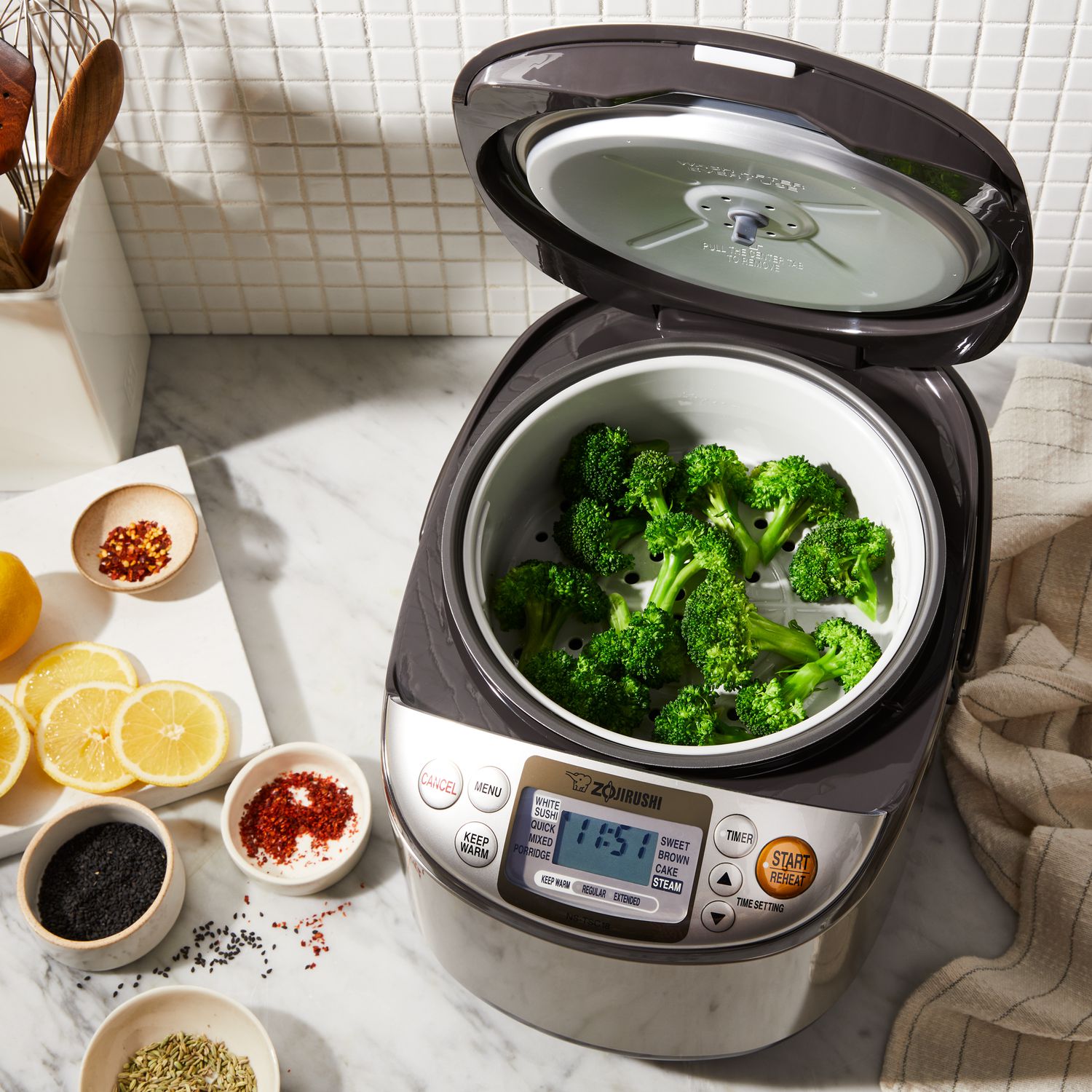
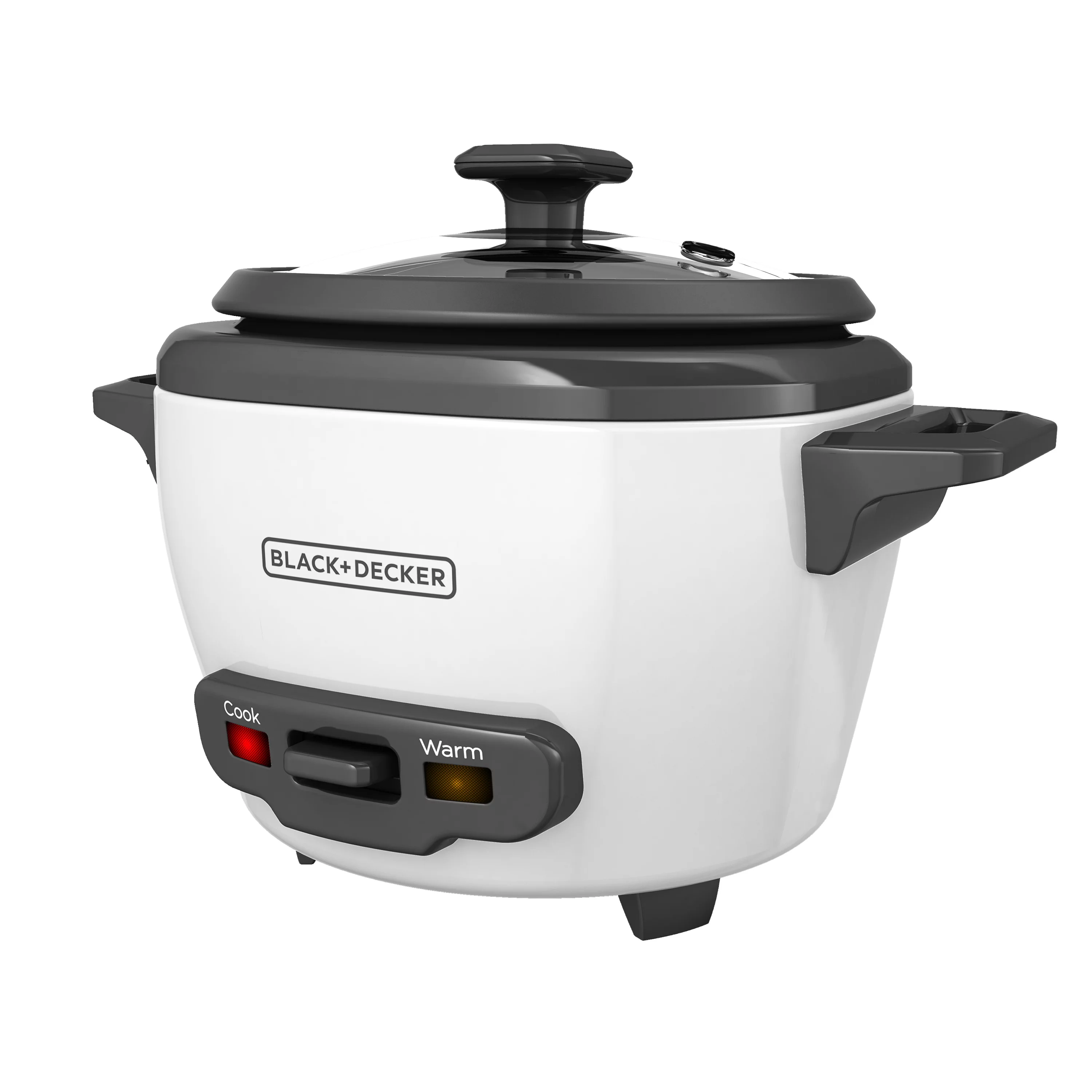
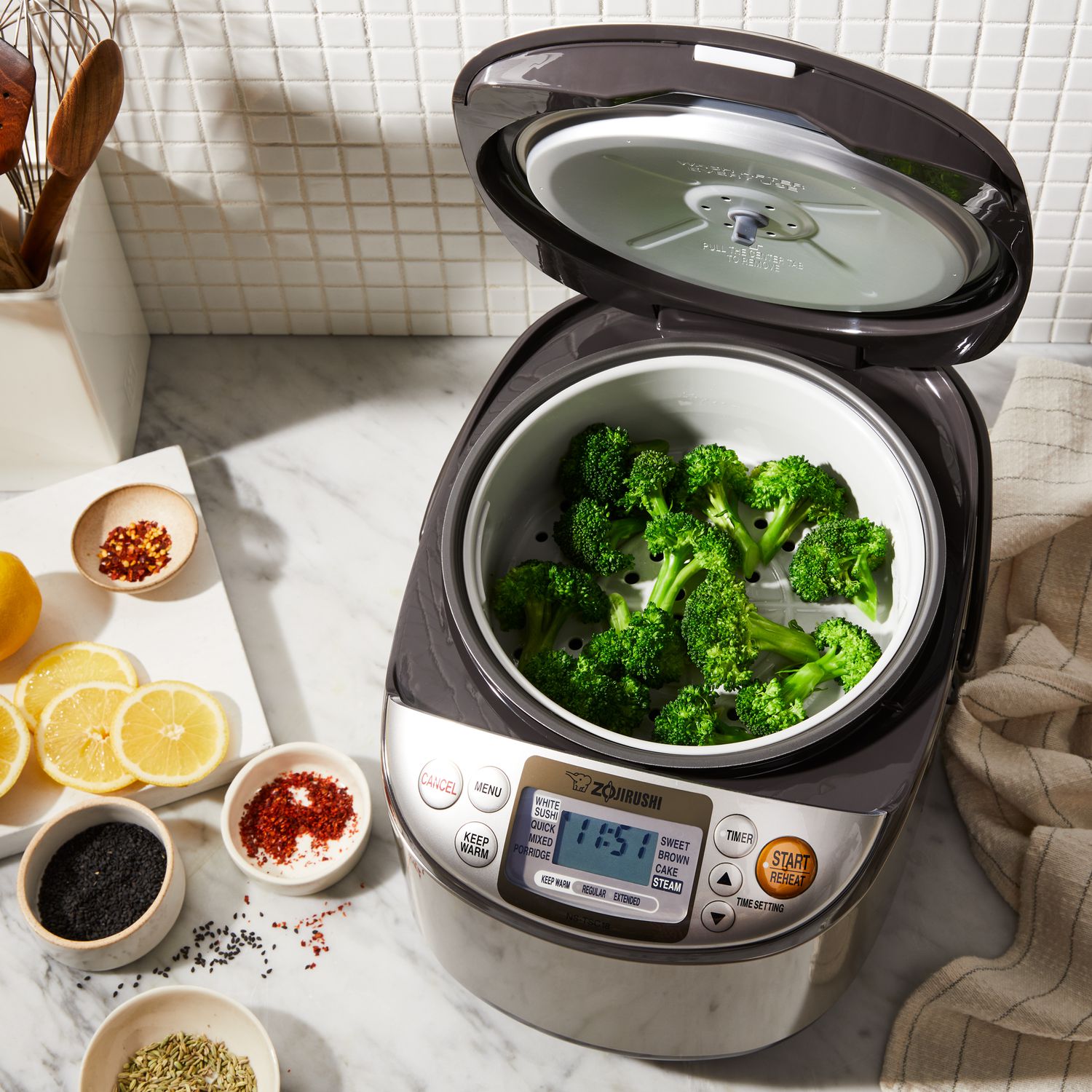
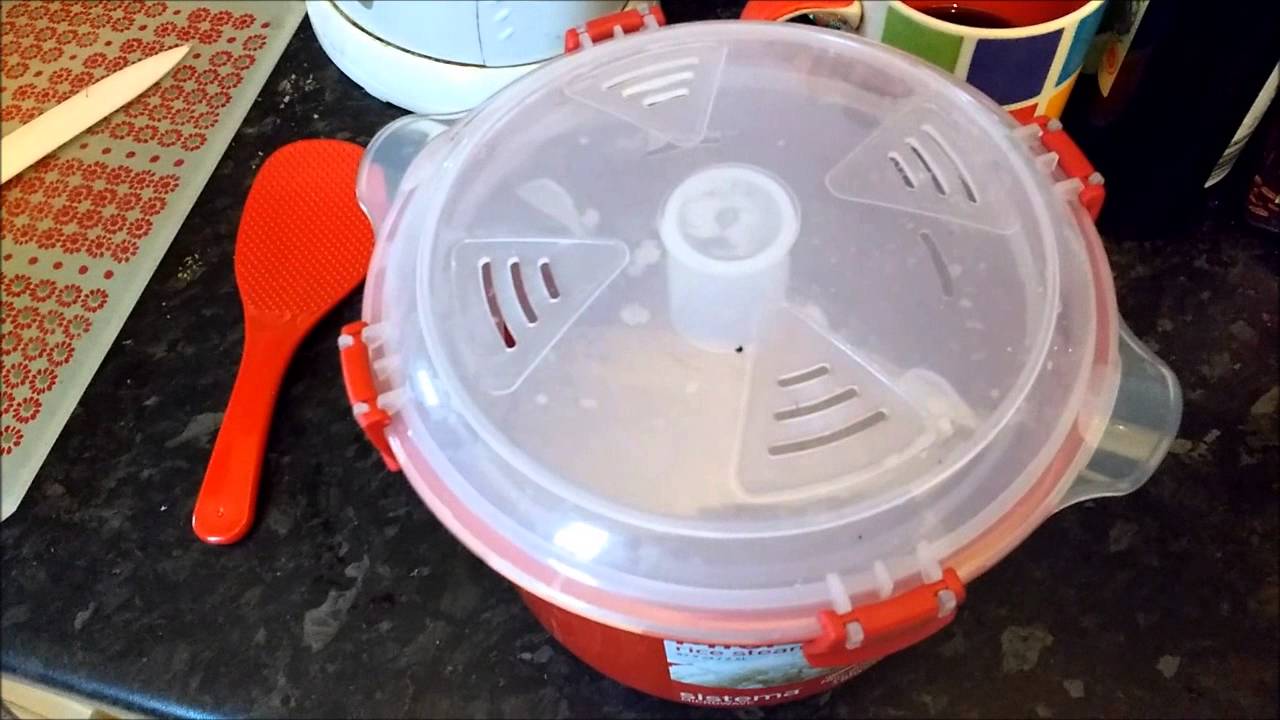
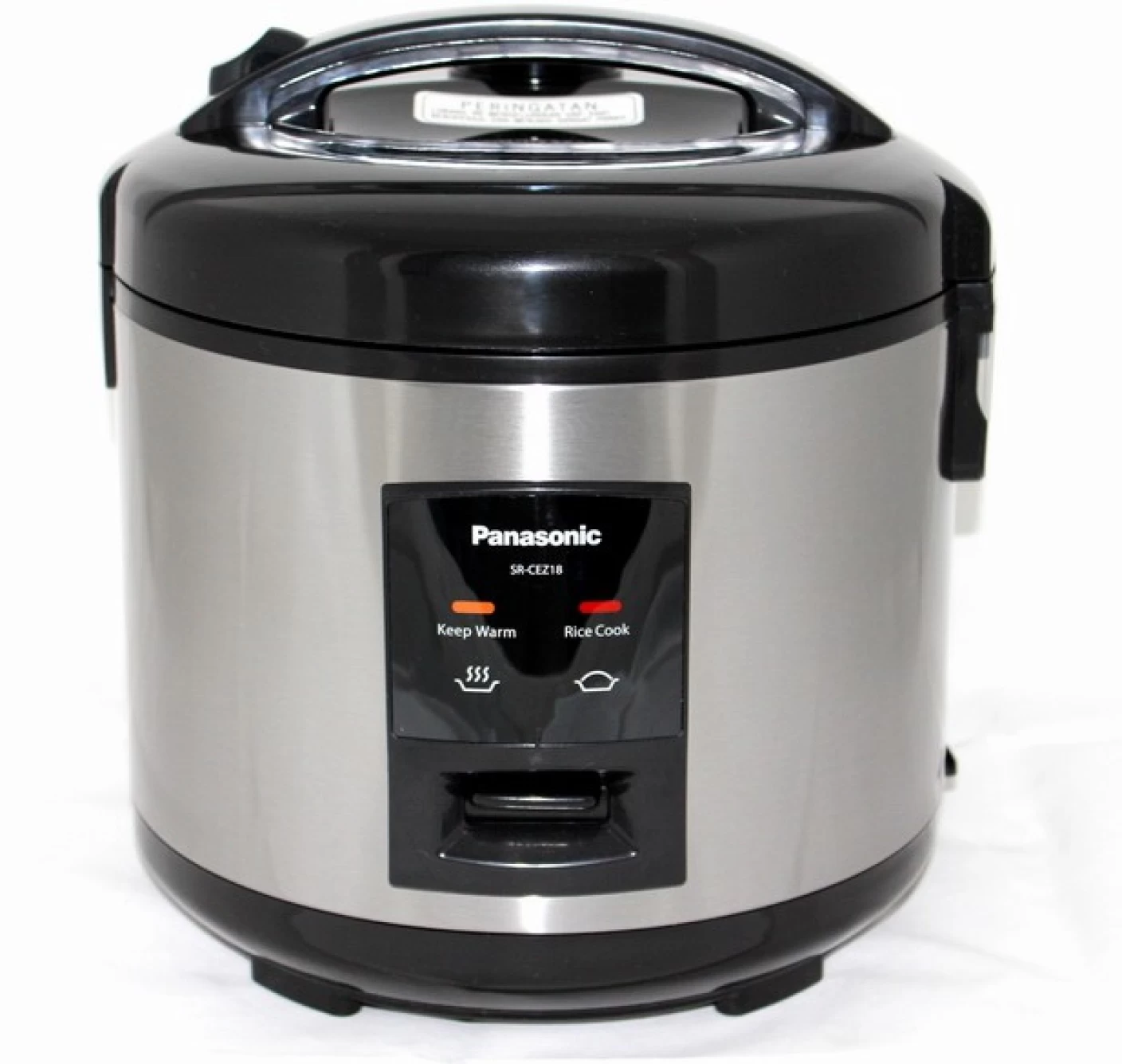
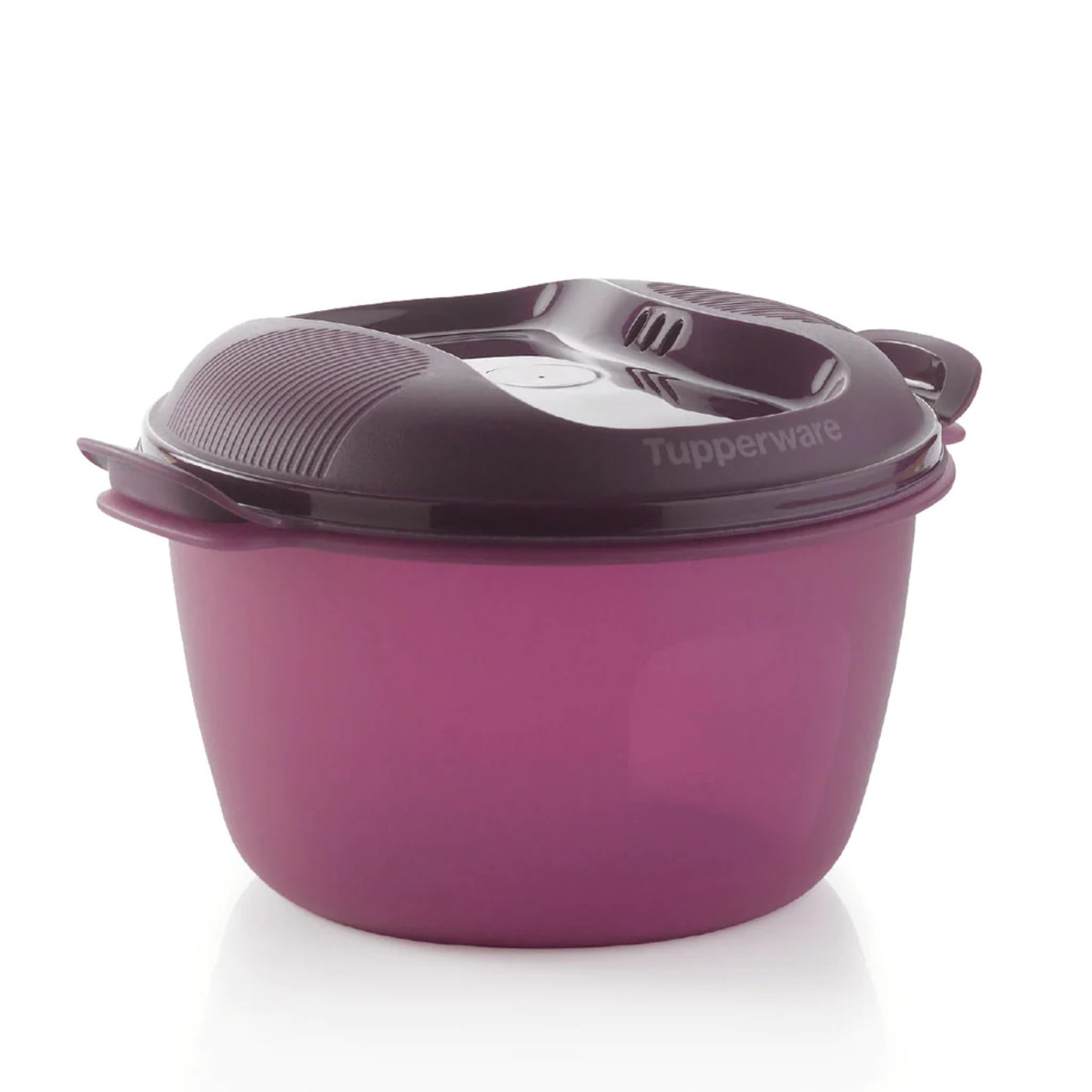
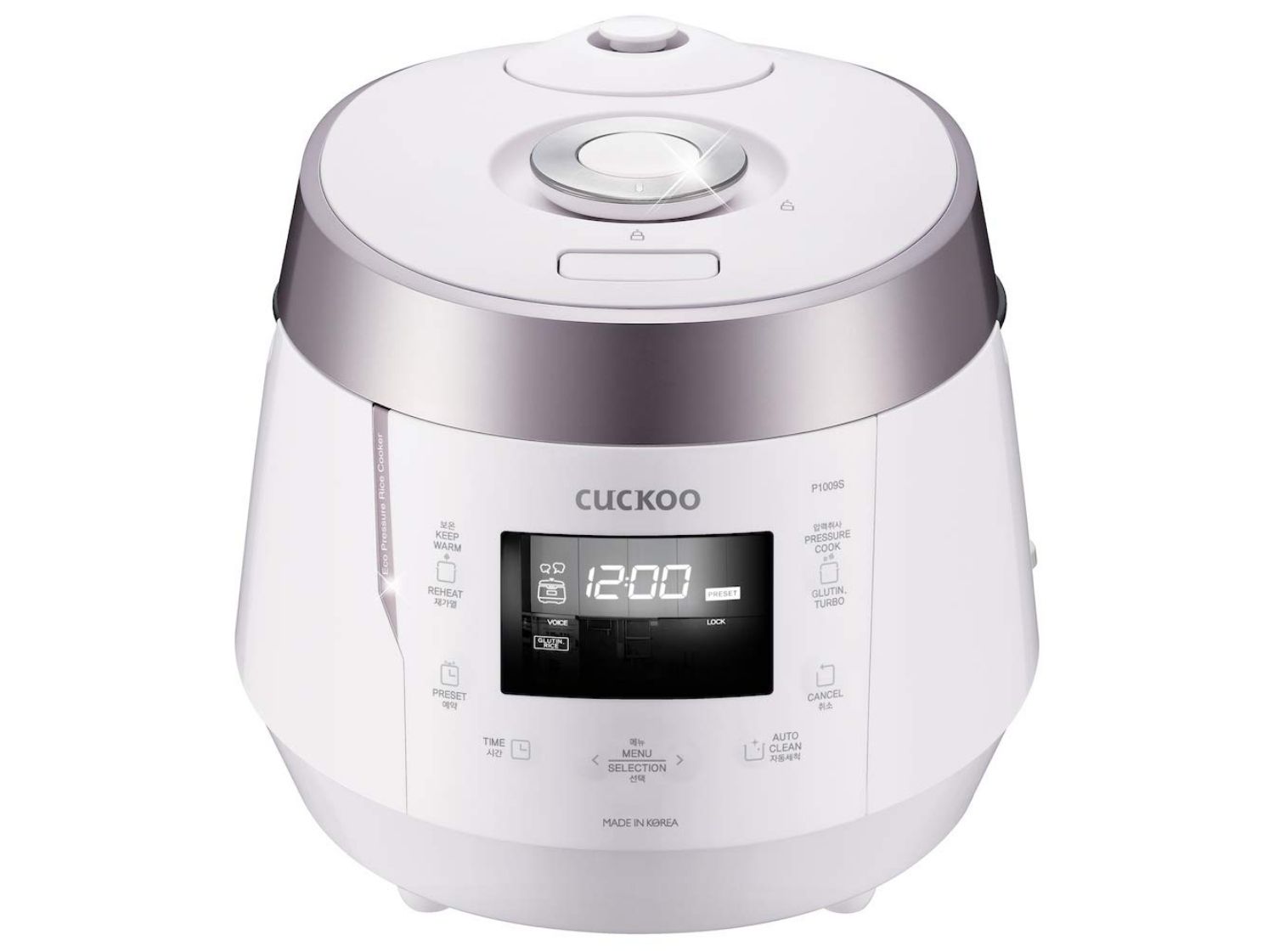
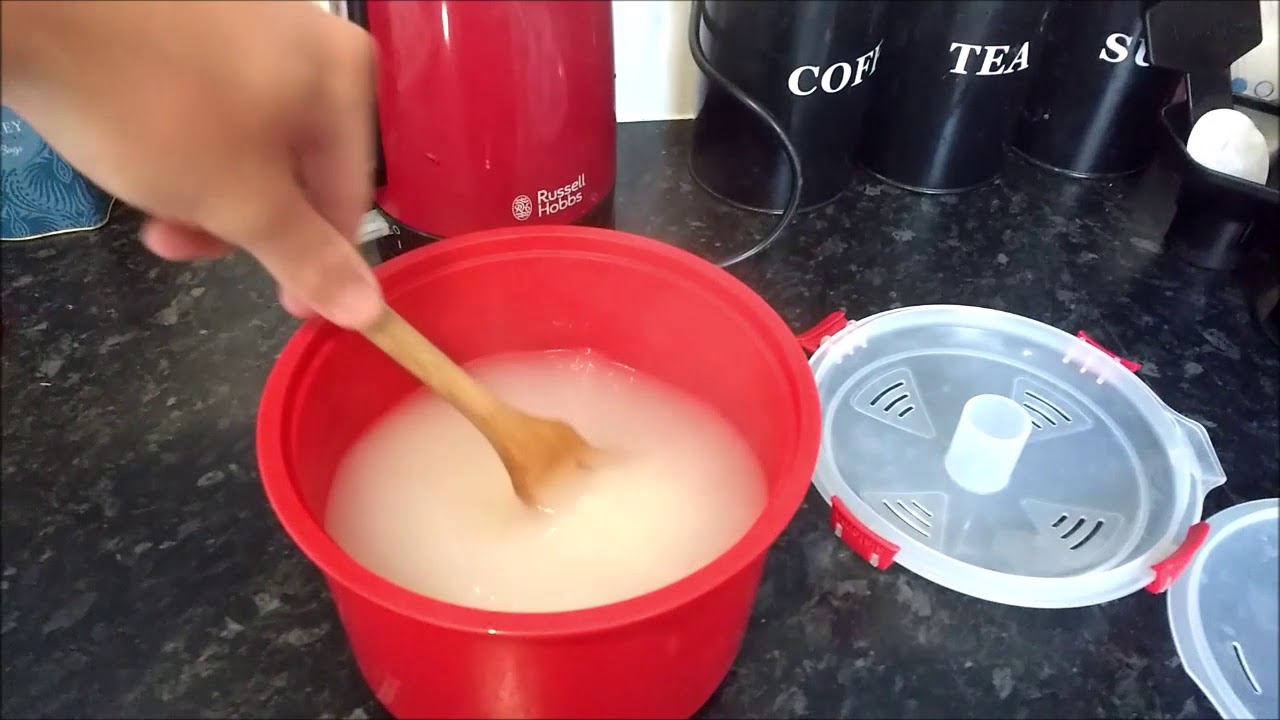
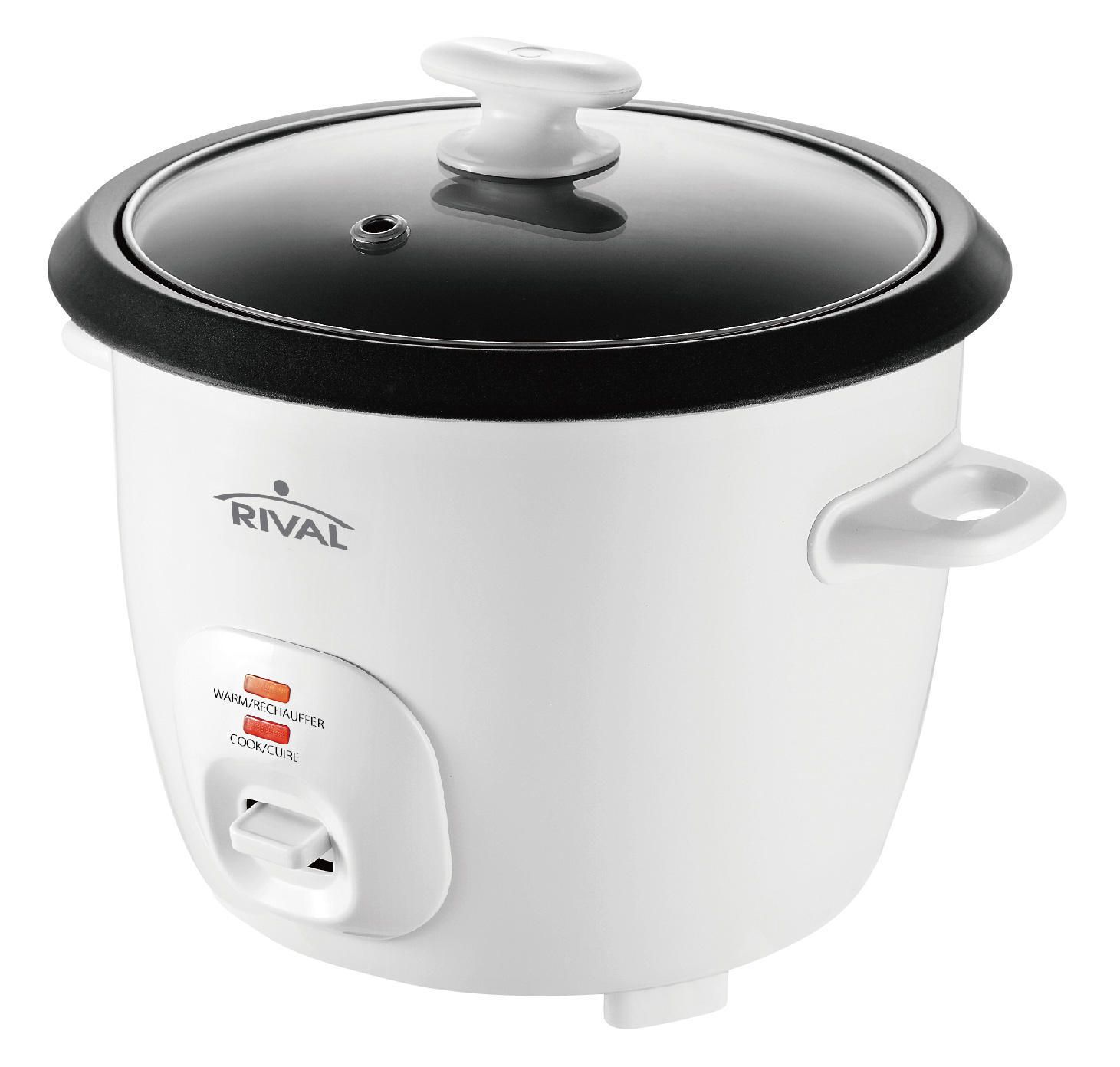
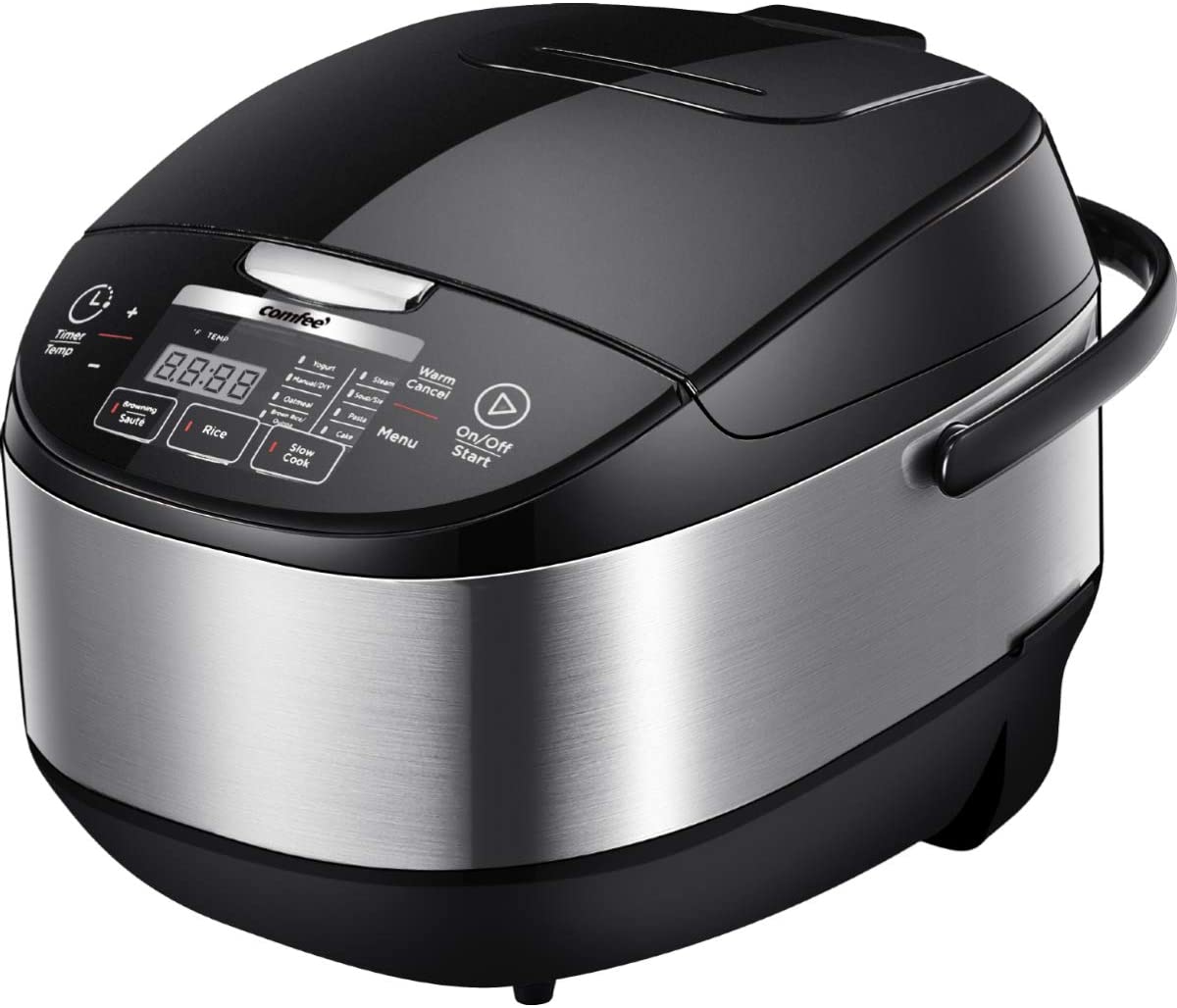
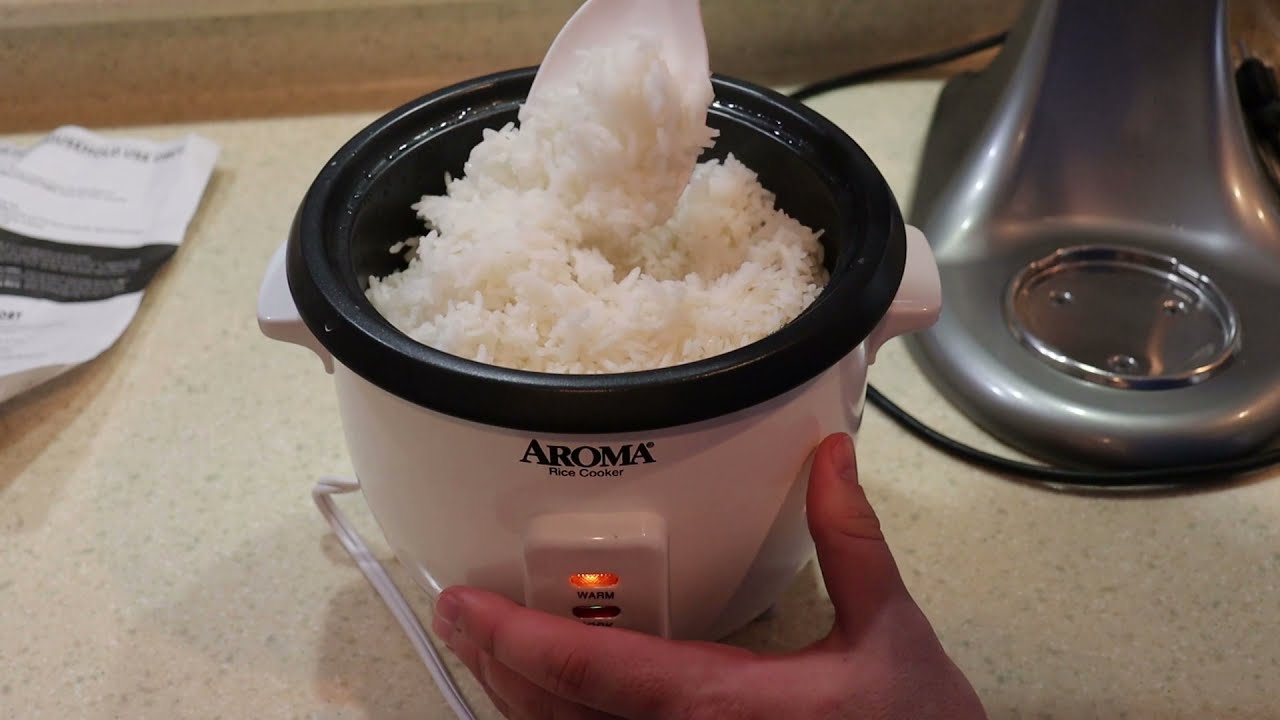
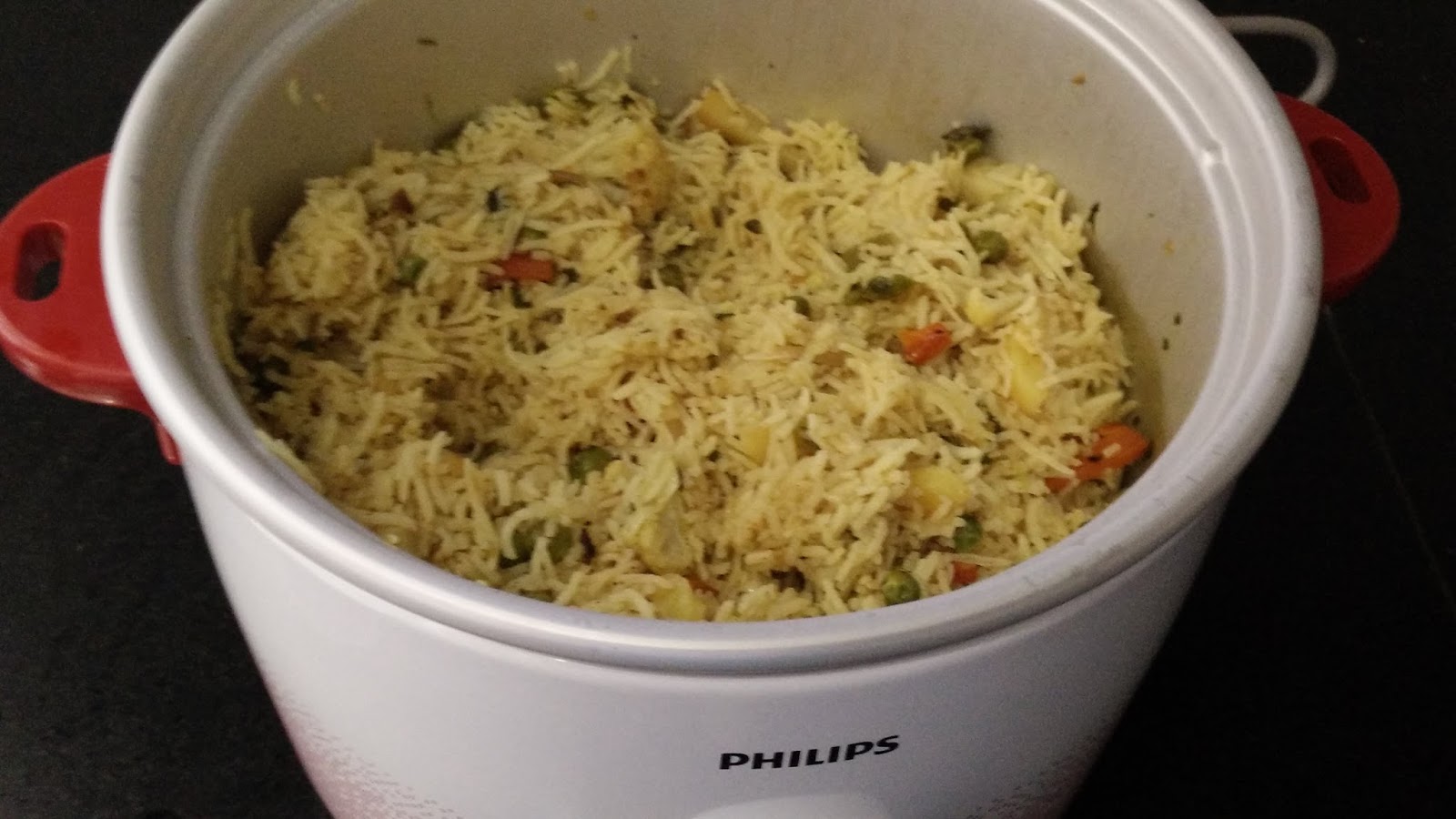
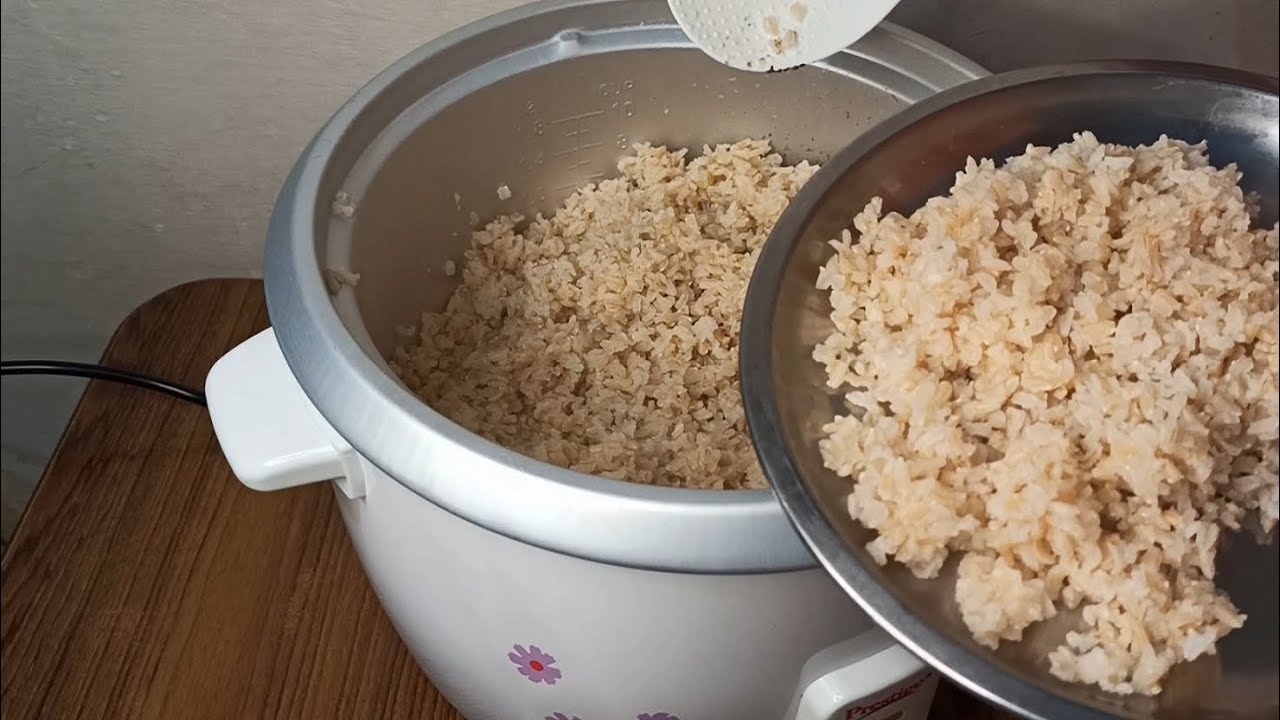

0 thoughts on “How To Use An Electric Rice Cooker”